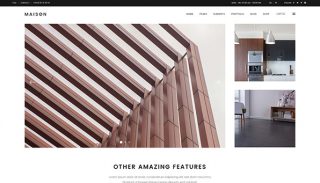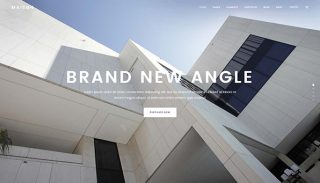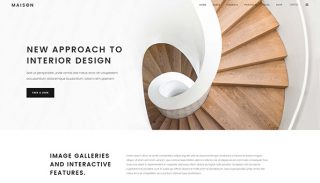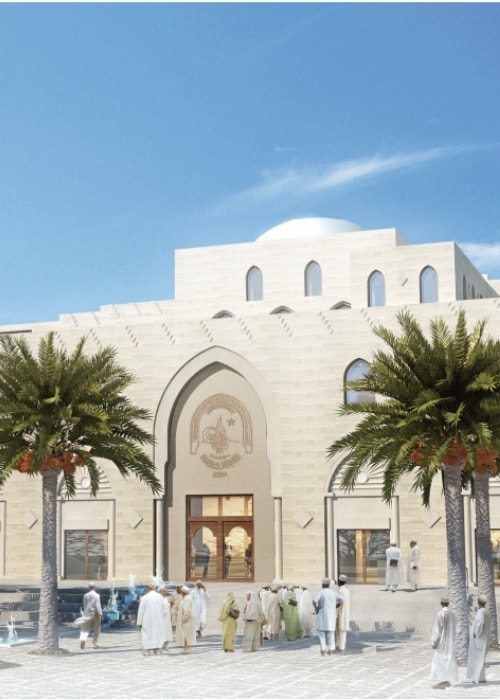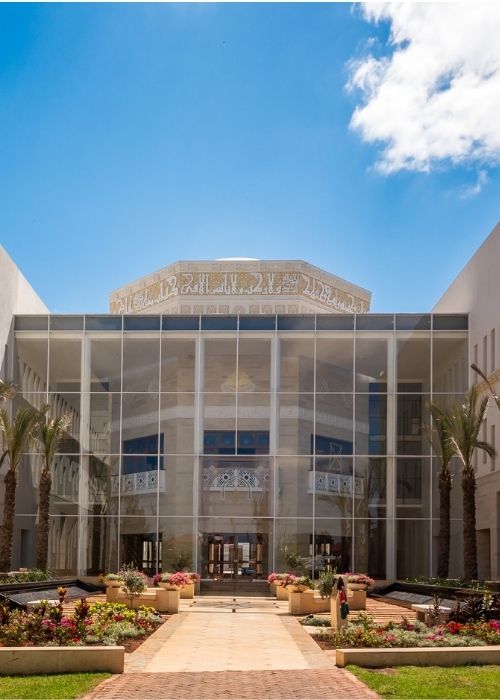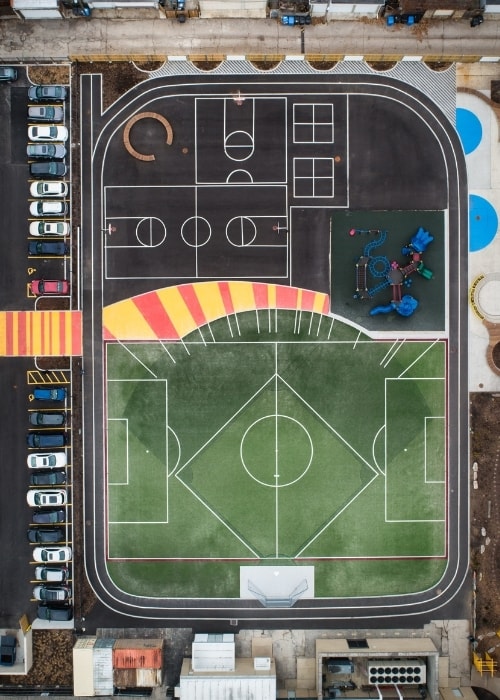Architects for schools, educational institutions
As architects for schools, we are privileged to have worked with local educational board and leaders around the world. This has given us a unique perspective on the science (and art) of creating a school that inspires and excites students, energizes faculty and staff, and is convenient for parents and other visitors.
School design has undergone tremendous change in the last decade. The buildings that we once trooped into as children are being replaced by dynamic spaces that prioritize the mental health and emotional development of the students as today’s best practices.
The future of school design lies in understanding the unique pillars that support and encourage childhood learning such as flexibility, curiosity, and discipline. We are proud to be architects for schools with diverse teaching principles and strive to design a campus that embodies these beliefs.
When we design educational facilities, we like to keep some spaces open to interpretation while some are created to encourage a specific behavior or emotion. For example, a library may have spaces for gathering and listening to read-aloud stories but should also have cubby holes where a reader can spend some quiet time delving into a book.
School design must work for the different requirements of all ages of children. Architects for schools have to consider that younger grades need spaces for guided play while older grade children may need quiet spaces to work on a project or congregate for social interaction. Can an open space multi-task as a play area for younger students as well as a gathering space for older kids? With smart design, it can.
Just as modern school curricula are planned to equip our children with the skills they will need in the future, can we design schools that encourage the syllabus to jump out of a book and into daily life? Can we design schools that inspire ideas for sustainability? Can we show the youngest student that a single action of theirs can do good? Can we encourage students from diverse backgrounds to accept differences and work together? We know that design can do all this.


